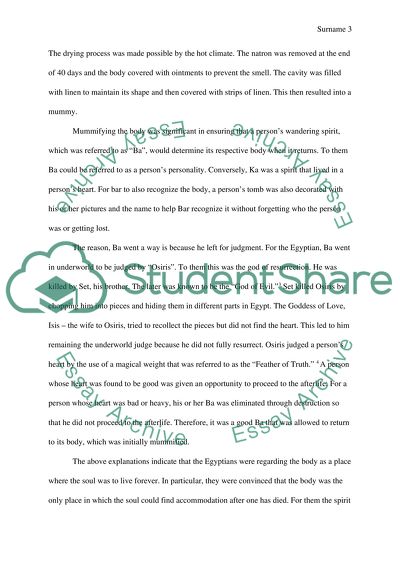Cite this document
(“Egyptian Mummies Essay Example | Topics and Well Written Essays - 1500 words”, n.d.)
Retrieved from https://studentshare.org/history/1643323-egyptian-mummies
Retrieved from https://studentshare.org/history/1643323-egyptian-mummies
(Egyptian Mummies Essay Example | Topics and Well Written Essays - 1500 Words)
https://studentshare.org/history/1643323-egyptian-mummies.
https://studentshare.org/history/1643323-egyptian-mummies.
“Egyptian Mummies Essay Example | Topics and Well Written Essays - 1500 Words”, n.d. https://studentshare.org/history/1643323-egyptian-mummies.


